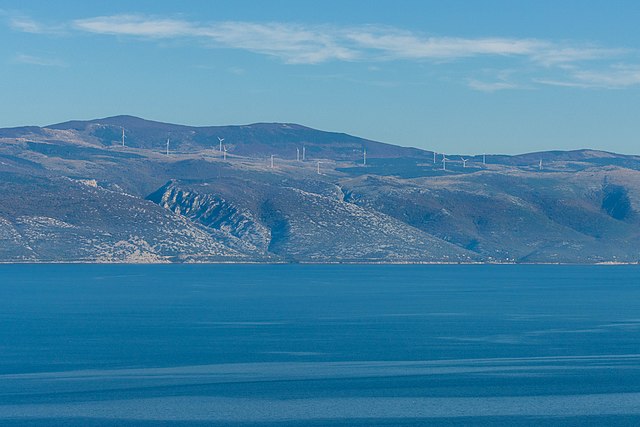Government statistics show that Croatia posted an impressive agricultural growth of 9.23% in 2022 over 2021’s. More importantly, the growth rate ranks as the third highest in the European Union (EU) since 2015.
An increase in youthful farmers, who grew by 66% since 2015, has helped boost the sector through value creation.
The fact that young farmers make up 14.4% of 2023’s farm production is testament to the government’s effort to create output value. The youth in Croatian farms are educated and this in turn generates production value through informed farming.
From an EU performance perspective, the value factor helped Croatia topple the growth rates of big agricultural economies including Italy’s. Indeed, only Poland and Ireland had a bigger jump in growth record than that of Croatia over the 8-year period.
Agriculture is a substantial source of employment in the country. In 2021, 7.5% of the national workforce was in the production side of agriculture, while a small margin in marketing.
The central European nation boasts some 1.5 million hectares of arable land, alongside 2.8 million of forestland.
Major crops that thrive in the country’s quasi-Mediterranean climate and cool mountainous air range from grains to fruits.
Wheat, oilseeds, corn, barley and oats make up the grain profile while sweet/sour cherries and mandarins comprise the fruits.
To supplement the above self-sufficient crops, Croatia also imports $3 billion worth of agricultural products from the EU. Some of the imports actually come from the United States as unrecorded trans-shipments via European nations.
These imports alongside the domestically-produced foods converge in a thriving local consumer market. Many food stores and supermarkets have mushroomed especially due to the growth of tourism in the scenic Dalmatian coast.
Domestic tourism in Dalmatia is fueling the growth of these supermarkets whose focus is to source and sell affordable food. This makes sense as food price in Croatia is the biggest determinant of consumer product sourcing.
Further afield, Croatian farms are also championing the growth of almonds, keen to tap into a rising EU production market. This follows recent data that has revealed an impressive annual growth of 48% for almonds from neighbouring Georgia.
So far, Croatia’s stake in almonds is negligible, as acreage was just 430 hectares in 2016. This figure was down from the 2008 high of 460 hectares.
For now, however, the country celebrates having beaten odds to post the best agricultural growth rate in 8 years.
